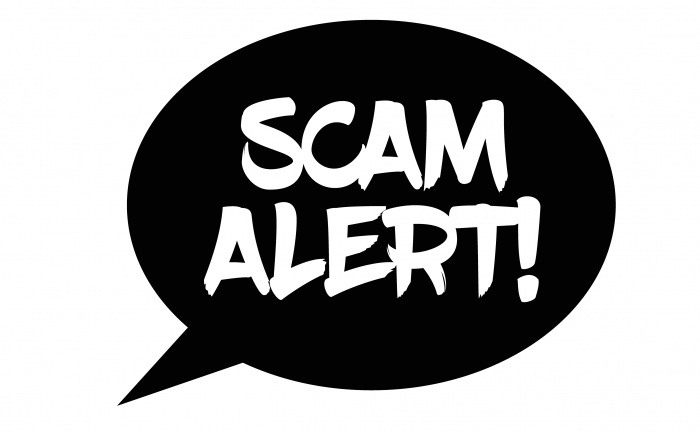Counterfeit checks are one of the most common instruments used to commit fraud against victims. The goal for the fraudsters is to get the checks deposited “under the fraud radar”. They try to accomplish this by taking the human element out of the equation during these transactions, which is why there has been an increase in checks being deposited through the mobile app versus a deposit being made in branch.
Below is an example of what typically happens during a scam:
• Victim sees an ad on Facebook, or online, for a personal loan (or secret shopper scam, lottery, etc.)
• Victim applies for a loan and is approved instantly.
• Fraudster then texts victim at phone number provided to them on “loan app”, letting them know they are approved and tells victim that they can have their funds “directly deposited” into their checking account via mobile deposit.
• Victim gives fraudster log in credentials to complete the mobile deposit. Victim is told they have to send money back for processing fees, etc. in the form of either a money order, western union, or gift cards.
• Fraudster registers the victim’s device for mobile deposit and deposits the fraudulent check. Check will then be returned as fraudulent and victim is liable for the funds withdrawn from the account.
So how can you protect yourself?
• Do not respond to “easy money” solicitations via social media.
• Never give anyone your online banking or mobile banking login information.
• If you receive a check with a request for the funds to be wired for the same dollar amount or an amount that could be less, this could be a scam.
• Fraudsters have sophisticated technology and can make any counterfeit check look valid. When in doubt take the check to your local financial institution.
We encourage our members to report any suspected fraud to GSCU or your local financial institution as soon as possible.



Comments